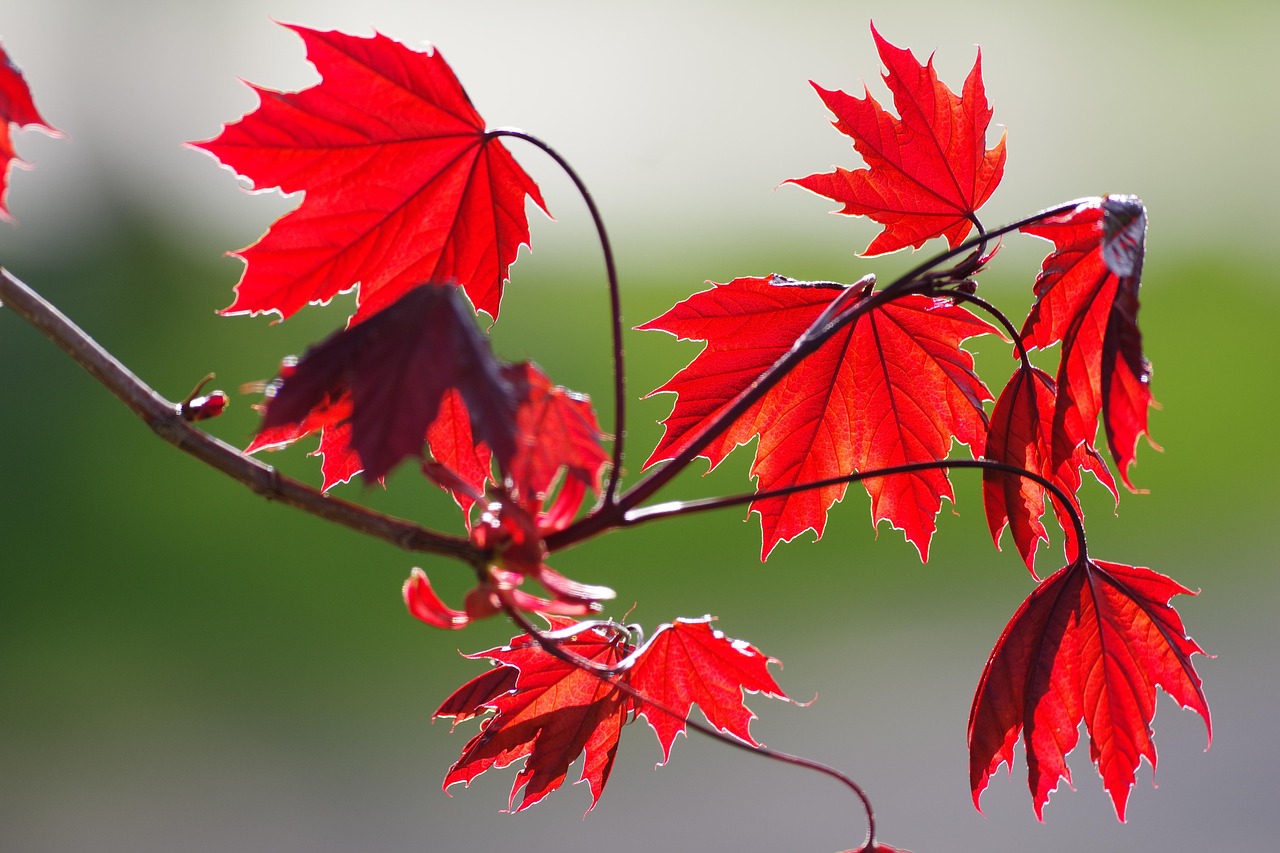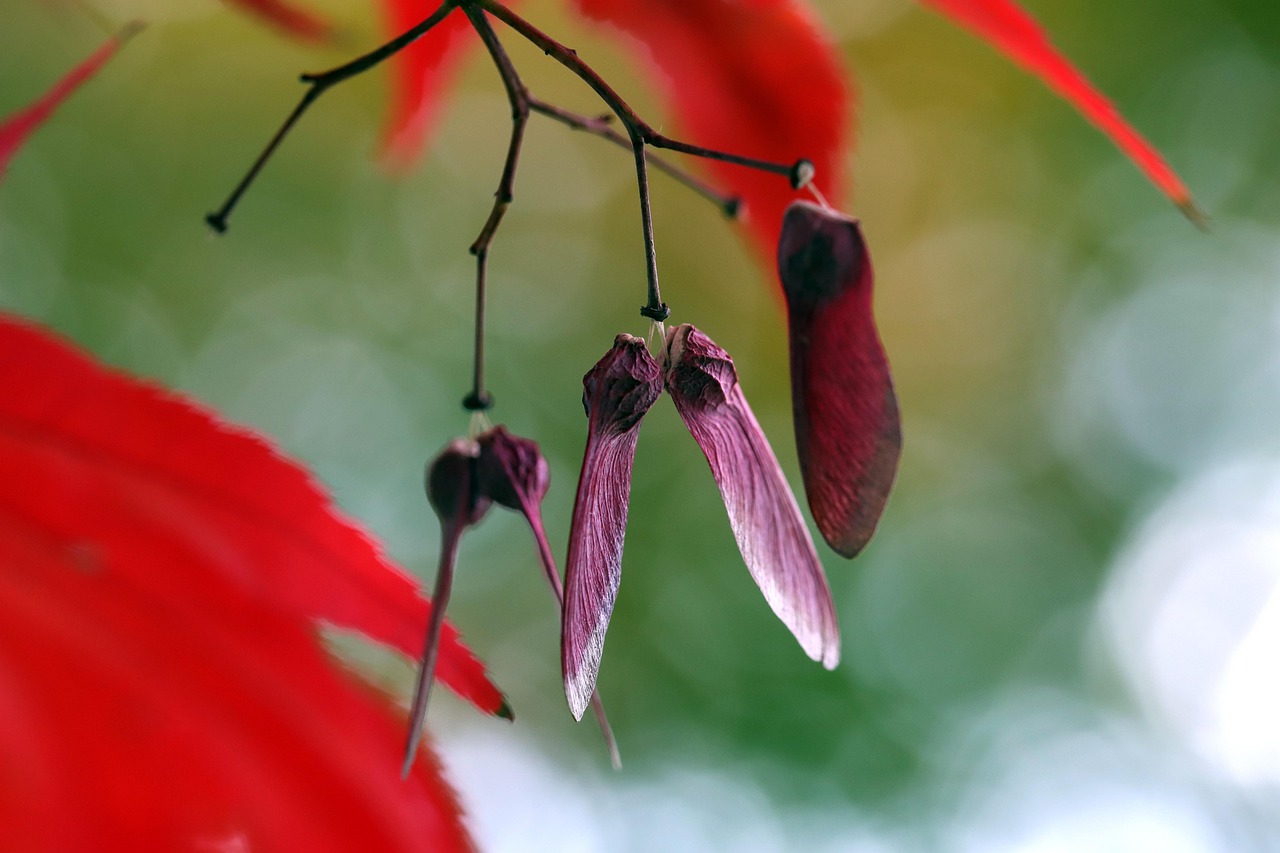Sugar Maple Borer Beetles are considered potential pests, particularly to sugar maples. They can cause significant damage to trees by boring into the wood, leading to stress and decline. However, their threat level varies depending on the tree’s overall health and environmental conditions.
Understanding Sugar Maple Borer Beetles

Sugar Maple Borer Beetles, scientifically known as Glycobius speciosus, are a type of wood-boring beetle that primarily targets sugar maple trees. These insects are native to North America and thrive in regions where sugar maples are abundant. They play a role in the ecosystem but can also pose challenges for tree health management.
The adult beetles are typically dark brown to black with distinctive golden hairs, making them easily identifiable. They are usually about 3 to 4 centimeters long. The larvae, which are responsible for most of the damage, are white and have a soft body. They bore into the wood of the tree, which can lead to various complications.
Life Cycle of Sugar Maple Borer Beetles
The life cycle of Sugar Maple Borer Beetles consists of four main stages: egg, larva, pupa, and adult. Understanding this cycle is crucial for managing their populations effectively. Here’s a brief overview:
- Egg Stage: Adult female beetles lay eggs in the bark crevices of sugar maple trees during late spring.
- Larval Stage: Once the eggs hatch, the larvae burrow into the tree, feeding on the wood and creating tunnels.
- Pupal Stage: After several weeks, larvae pupate within the tree, eventually emerging as adults.
- Adult Stage: Adults emerge from the tree in late summer or early fall, ready to reproduce.
Impact on Trees
Sugar Maple Borer Beetles primarily affect the health of sugar maples. Their boring activities can lead to several problems:
- Reduced Tree Vigor: Infestation can weaken trees, making them more susceptible to diseases and other pests.
- Decline in Aesthetic Value: Trees under stress may display reduced foliage and overall decline, impacting landscape appeal.
- Increased Risk of Mortality: Heavy infestations can lead to tree death, especially in already stressed specimens.
Signs of Infestation
Identifying an infestation early is crucial for effective management. Some common signs include:
- Visible entry holes in the bark.
- Frass (sawdust-like material) around the base of the tree.
- Wilting or yellowing leaves.
- Dieback of branches or limbs.
Environmental Conditions Favoring Infestation
The likelihood of Sugar Maple Borer Beetle infestations increases under certain environmental conditions. Factors that contribute to their activity include:
- Drought Stress: Trees experiencing water stress are more vulnerable.
- Poor Soil Conditions: Nutrient-deficient soils can weaken trees.
- High Temperatures: Warmer temperatures can enhance beetle reproduction rates.
Understanding these factors can help in creating strategies to protect sugar maples from these pests. Effective management often involves monitoring tree health and implementing preventative measures.
Management Strategies for Sugar Maple Borer Beetles
Effectively managing Sugar Maple Borer Beetles involves a combination of monitoring, preventative measures, and treatment options. Understanding how to protect trees from these pests can help maintain the health and vitality of sugar maples. Below are some recommended strategies.
Monitoring Tree Health
Regular monitoring is essential for early detection of infestations. Tree owners should be vigilant and look for the following:
- Visual Inspections: Conduct routine checks on sugar maple trees for any signs of beetles or damage.
- Tree Health Assessments: Evaluate the overall health of the tree, including leaf color, growth patterns, and bark condition.
- Soil Testing: Test soil quality to ensure that nutrients are adequate for tree health.
By keeping a close eye on these factors, tree owners can catch infestations before they become severe.
Preventative Measures
Prevention is often the best approach to manage Sugar Maple Borer Beetles. Here are some effective measures:
- Proper Watering: Ensure trees receive adequate water, especially during dry spells. Deep watering helps reduce stress and enhances tree resilience.
- Nutrient Management: Apply appropriate fertilizers based on soil tests. Healthy trees are better equipped to withstand pest attacks.
- Pruning: Regularly prune dead or dying branches to improve air circulation and reduce stress on the tree.
- Avoid Injury: Prevent mechanical injuries to the bark, which can create entry points for beetles.
Treatment Options
If an infestation is detected, several treatment options are available to combat Sugar Maple Borer Beetles. These include:
- Insecticides: Use targeted insecticides that are effective against wood-boring beetles. Always follow label instructions for safe application.
- Boric Acid Treatments: Applying boric acid can help control larvae within the tree. It acts as both a toxic agent and a desiccant.
- Biological Control: Introduce natural predators or parasitoids that target these beetles. This method can help reduce beetle populations without harming the environment.
- Tree Banding: Use sticky bands around the trunk to trap adult beetles as they emerge. This method can help reduce adult populations.
Community Involvement and Education
Community awareness and involvement play crucial roles in managing Sugar Maple Borer Beetles effectively. Residents should collaborate and share information regarding infestations in their area. Educational programs can help raise awareness about the importance of maintaining healthy trees.
- Workshops: Participate in local workshops on tree care and pest management.
- Neighborhood Initiatives: Form groups to monitor tree health collectively and share resources for pest management.
- Local Government Programs: Engage with local agricultural extensions or forestry services that may offer assistance and resources.
Long-term Strategies
Sustained efforts are required to keep sugar maples healthy over time. Implementing long-term strategies can reduce the risks associated with Sugar Maple Borer Beetles:
- Diversity in Planting: Encourage biodiversity by planting various tree species alongside sugar maples. This can help prevent severe infestations since many pests prefer specific hosts.
- Regular Tree Care: Invest time in regular maintenance practices, including mulching, watering, and fertilizing.
- Ecosystem Management: Promote a healthy ecosystem that supports beneficial insects and natural predators of pests.
By adopting a comprehensive management approach, tree owners can better protect their sugar maples from the threat posed by Sugar Maple Borer Beetles while promoting overall tree health.
Understanding the Ecological Role of Sugar Maple Borer Beetles

While Sugar Maple Borer Beetles are often viewed primarily as pests, they play a complex role in their ecosystems. Understanding their ecological contributions can provide a more balanced perspective on their presence in forest environments.
Natural Decomposers
Sugar Maple Borer Beetles, particularly in their larval stage, contribute to the decomposition of wood. As they bore into dead or dying trees, they help break down organic matter, facilitating nutrient recycling in the ecosystem. This process is vital for soil health and promotes the growth of new plants.
- Wood Decomposition: By tunneling through wood, these beetles enhance the breakdown of lignin and cellulose, which are key components of tree structure.
- Nutrient Release: The decomposition process releases essential nutrients back into the soil, benefiting surrounding flora.
Impact on Tree Population Dynamics
Though they can cause harm to sugar maples, Sugar Maple Borer Beetles also play a role in maintaining biodiversity within forest ecosystems. Their activities can influence tree population dynamics in several ways:
- Selective Pressure: Infestations can lead to selective mortality among weaker trees, allowing healthier specimens to thrive.
- Forest Composition: As certain trees decline due to beetle activity, other species may take advantage of the available resources, promoting diversity.
- Habitat for Other Species: Dead or dying trees that result from infestations provide habitat and food sources for various insects, birds, and mammals.
Interventions and Integrated Pest Management (IPM)
An integrated approach to managing Sugar Maple Borer Beetles involves using multiple strategies that consider their ecological role while minimizing damage to trees. This method is known as Integrated Pest Management (IPM).
Components of Integrated Pest Management
IPM combines biological, cultural, mechanical, and chemical control methods to manage pest populations effectively. Here are key components:
- Monitoring: Regularly assess tree health and beetle populations to determine when intervention is necessary.
- Biological Controls: Introduce or encourage natural predators that target Sugar Maple Borer Beetles, such as certain birds or parasitic wasps.
- Cultural Practices: Implement practices that improve tree vigor and resilience, such as appropriate watering and mulching.
- Mechanical Controls: Use traps or manual removal techniques to reduce adult beetle populations.
- Chemical Controls: If necessary, apply targeted insecticides as a last resort, following guidelines for safe use.
Community and Educational Initiatives
Promoting awareness about Sugar Maple Borer Beetles and effective management strategies can empower communities. Local workshops and educational programs are vital for sharing knowledge and resources.
- Workshops and Seminars: Organize events where experts share insights on tree care and pest management strategies.
- Resource Distribution: Provide literature or online resources detailing identification, monitoring, and management techniques.
- Community Monitoring Programs: Encourage residents to participate in local monitoring efforts to track beetle populations and tree health.
The Future of Sugar Maple Management

The ongoing challenges posed by Sugar Maple Borer Beetles require adaptive management strategies. As climate conditions change and pest populations fluctuate, it is essential to stay informed about best practices for protecting sugar maples.
Research continues to evolve regarding pest management strategies. Collaborating with local universities and research institutions can provide valuable insights into effective ways to address infestations while considering ecological impacts.
By fostering a comprehensive understanding of both the pests and the trees they affect, communities can work together to ensure the health of sugar maple populations for future generations.
Long-Term Monitoring and Adaptation
As the landscape of pest management continues to evolve, long-term monitoring of Sugar Maple Borer Beetles will be essential. Establishing a consistent system for tracking beetle populations and tree health can help inform management practices and decision-making. Here are some strategies to consider:
- Regular Surveys: Conduct annual surveys in local forests and urban areas to assess the prevalence of Sugar Maple Borer Beetles. This data can help identify trends and potential outbreaks.
- Data Sharing: Create platforms for sharing monitoring data among community members, researchers, and forestry professionals. This collaboration can enhance understanding and promote effective management strategies.
- Adaptive Management: Be prepared to adjust management practices based on new research findings, climate changes, and shifts in beetle behavior.
Enhancing Tree Resilience
Enhancing the resilience of sugar maples is another critical aspect of managing the impact of Sugar Maple Borer Beetles. Healthy trees are less susceptible to pest infestations. Here are some key practices to strengthen tree resilience:
- Soil Health: Focus on maintaining soil health through organic amendments and proper drainage. Healthy soil promotes strong root systems, leading to robust trees.
- Species Diversity: Incorporate a variety of tree species in planting plans. This diversity can create a more balanced ecosystem that supports overall forest health.
- Proper Pruning Techniques: Prune trees correctly to encourage new growth and remove any dead or diseased branches. This practice can improve air circulation and sunlight penetration.
The Role of Public Awareness

Public awareness is vital for effective management of Sugar Maple Borer Beetles. Educating the community about the importance of sugar maples and the threats they face can foster proactive involvement. Here are ways to improve public engagement:
- Community Workshops: Host workshops that educate the public on identifying signs of infestation and proper tree care techniques.
- School Programs: Introduce educational programs in schools that focus on local ecosystems, including the significance of sugar maple trees and the pests that affect them.
- Social Media Campaigns: Utilize social media platforms to spread awareness about Sugar Maple Borer Beetles, encouraging residents to share their experiences and observations.
Conclusion
Sugar Maple Borer Beetles present both challenges and opportunities within their ecosystems. While they can be harmful to sugar maples, their role in decomposition and biodiversity cannot be overlooked. Through thoughtful management strategies, community involvement, and ongoing research, it is possible to mitigate their impact while supporting healthy tree populations.
The future of sugar maple management lies in a combination of monitoring, education, and adaptive strategies. By fostering a deeper understanding of these pests and their ecological roles, communities can create sustainable practices that ensure the health of sugar maples for generations to come. Emphasizing tree resilience, enhancing public awareness, and implementing integrated pest management will play crucial roles in achieving these goals.
Ultimately, the collaboration between individuals, communities, researchers, and local governments will empower us to address the challenges posed by Sugar Maple Borer Beetles effectively. With a proactive approach to pest management and an emphasis on environmental stewardship, we can cherish our sugar maples as vital components of our landscapes.
